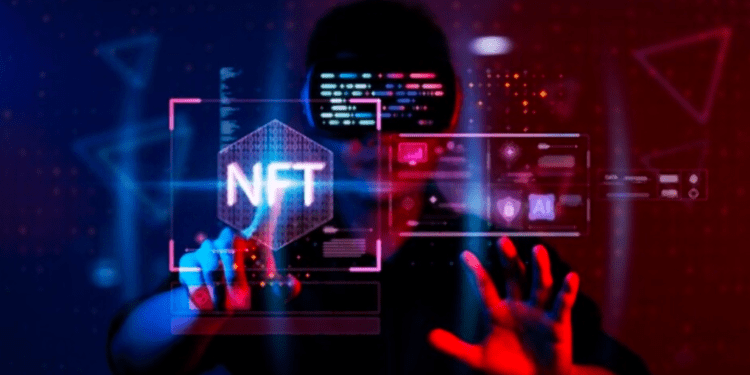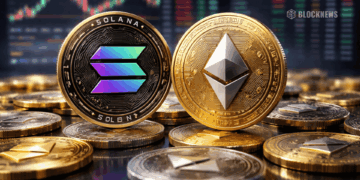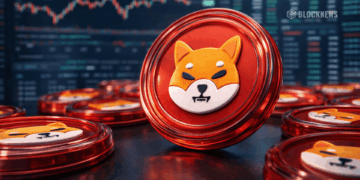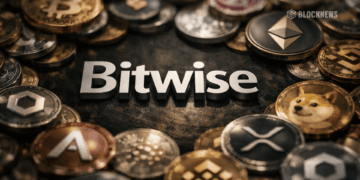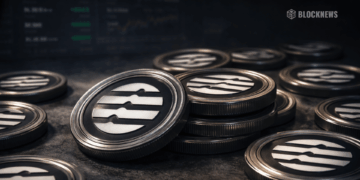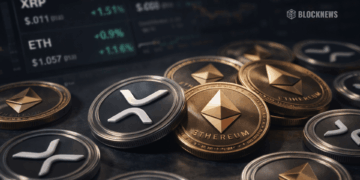An NFT creator took pictures every day from May 1st, 2007, to January 7th, 2021.
The pictures are combined into one digital image as an NFT called “EVERYDAYS: THE FIRST 5000 DAYS.” Beeple, the creator, eventually sold the NFT for $69.3 million, making it one of the most famous NFT sales to date.
The staggering prices of record-breaking NFTs are no news to NFT enthusiasts, who have bought one piece of the other for various reasons. Of course, it might look like a waste of money to the outsider.
Why spend so much on a piece or a collection of pictures when you can download that picture and save it? There are news articles portraying NFTs as stupid pictures of monkeys that anyone can draw and attributing their rise to the extreme illustration of status anxiety.
It begs one to consider the question, “if a dumb idea, what then drives the growth of NFTs in today’s society?”
Why NFTs Invite Skepticism
While NFTs provide immutability, ownership, and authenticity for digital artworks, it is easy to understand why many dismiss the sector as a “fraud” fueled by people who have “wealth with no use.”
It is a novel asset class that is still finding its way into the world of established categories. The likes of equities and stocks, fixed income, funds, and alt investments have been around long enough to prove their inherent value.
How can tokenized digital assets on a blockchain provide any tangible worth?
To understand why the NFT industry is thriving, despite the doubts, it is crucial to study the factors that drive the growth of NFT projects in today’s society.
What Drives The Growth of NFT Projects in Today’s Society?
Community Inclusion and Empowerment
The making of any successful project is the community. A network of individuals who believe in the vision of the project and rally around it to create a driving force, amplifying each other and contributing ideas that turn into innovations.
Despite being a new sector, the NFT industry is highly competitive. New projects are coming out daily, but only a few go on for a long without rugging.
Although, having a community isn’t about getting followers on Twitter or Discord members. An NFT project called ABC started with no official social media page and gained enough traction for floor prices to rise to 53.5 SOL.
The Bored Ape Yacht Club (BAYC) community is among the strongest in the blockchain space, with a floor price of 79.75. This is even though it launched last year, beating Cryptopunks- the OG NFT collection.
Utility
With a massive growth in the market value of NFT values and the speed at which the industry is changing, finding new ways to add value is necessary for the survival of any NFT project.
Projects that offer less than digital PFPs, with no underlying value, stand a lesser chance of keeping up with the evolving process of the fast-paced space.
The best way to define the utility of an NFT depends on certain factors. For some communities, the access to secondary features on the platform, tickets to NFT physical events, Gaming NFTs, and more fall under the umbrella of “utility.”
Projects with utilities often start with the NFT series, expanding to include tangible products, experiences, and support for other subsidiary projects from which holders can benefit. What matters is that the community desires it and considers the supposed benefits worth it.
Digital Ownership
Anything can become an NFT. From artwork, music, brain waves, poetry, and even usernames. Recently, Ethereum offered custom “.eth” Ethereum wallet addresses to users through ENS.
With over 2.17m unique usernames, it has become a widely adopted NFT-extended function. The usernames are also integrated into dApps to simplify complex addresses. Instead of a jumble of numbers and letters, ENS allows these NFT domain name holders to have something like “nick.eth,” making it easier to remember.
Other projects, like NFT.com, have followed suit, giving users personal profiles where they can display, trade, and collect NFTs.
Conclusion
The NFT industry has made real headway, but it still has to contend with the environmental effects associated with crypto technology.
Additionally, easy onboarding for users who cannot afford the exorbitant prices for mint fees will have to be addressed, and regulations protecting investors from rug projects need to be established. Nevertheless, the current NFT projects and their growth index has given us a hint on what the future might have in store for the industry.


